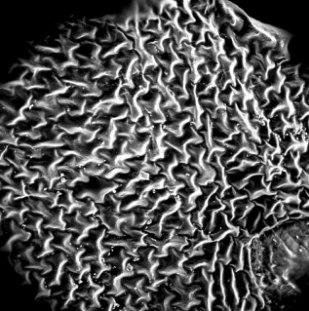Researchers at the Australian RMIT have developed an electrode prototype, inspired by fern plants, that could be a major boost to the capacity of solar power. The graphene-based prototype also opens a new path to the development of flexible thin film solar capture and storage, advancing the feasibility of self-powering smart phones, laptops, cars and buildings.

The RMIT team said the new design drew on nature’s own solution to the challenge of filling a space in the most efficient way possible through intricate self-repeating patterns known as fractals. The leaves of the western swordfern are densely crammed with veins, making them extremely efficient for storing energy and transporting water around the plant, said a leading member of the team. Our electrode is based on these fractal shapes which are self-replicating, like the mini structures within snowflakes and we’ve used this naturally-efficient design to improve solar energy storage at a nano level.
The team stated that the immediate application for its design is combining the electrode with supercapacitors, as experiments have shown the prototype can radically increase their storage capacity 30 times more than current capacity limits. Capacity-boosted supercapacitors would offer both long-term reliability and quick-burst energy release - for when someone wants to use solar energy on a cloudy day for example - making them ideal alternatives for solar power storage. Combined with supercapacitors, the fractal-enabled laser-reduced graphene electrodes can hold the stored charge for longer, with minimal leakage.
According to the researchers, the most exciting possibility is using this electrode with a solar cell, to provide a total on-chip energy harvesting and storage solution. This can already be achieved with existing solar cells, but these tend to be bulky and rigid. The innovation lies in integrating the prototype with flexible thin film solar technology that is still in its infancy.
The team explained: with this flexible electrode prototype we’ve solved the storage part of the challenge, as well as shown how they can work with solar cells without affecting performance. Now the focus needs to be on flexible solar energy, so we can work towards achieving our vision of fully solar-reliant, self-powering electronics.